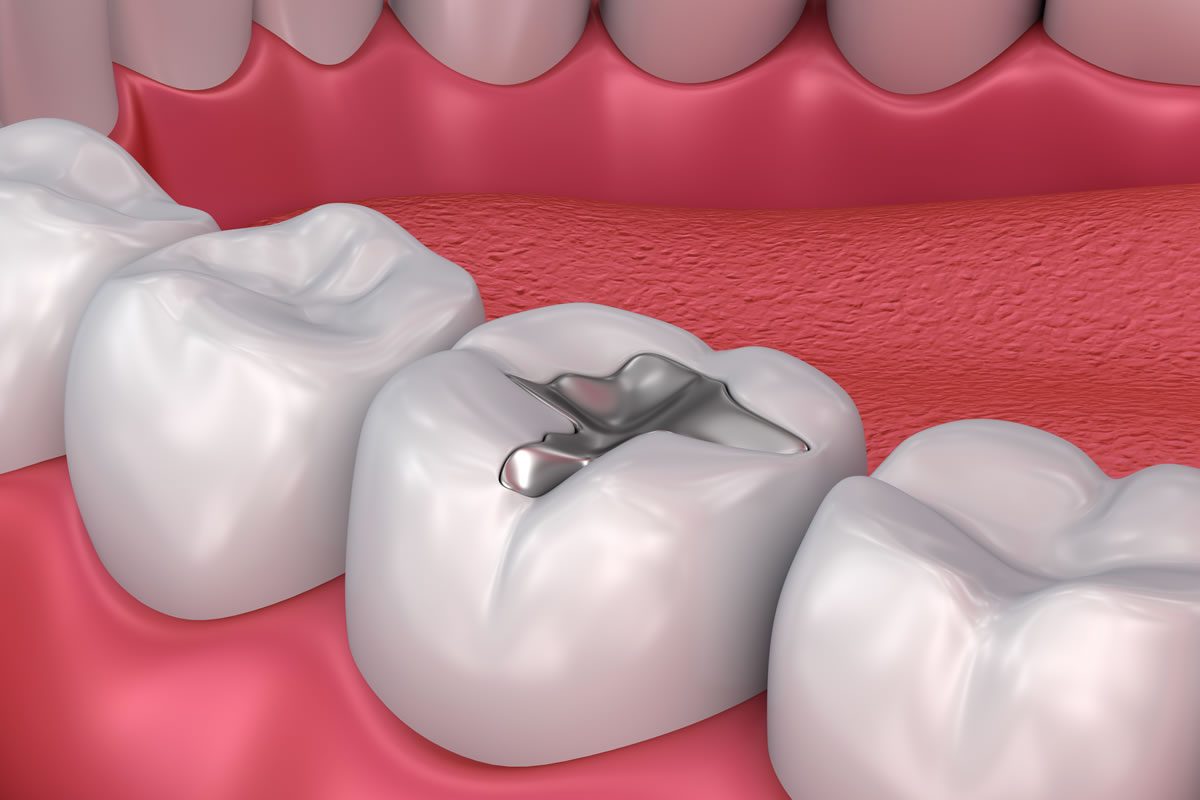Dental Cavity Filling is the restorative treatment that dentists use to treat damaged or decayed teeth. Decay and cavity make the teeth hollow. Dental fillings help the teeth, Dental Cavity Filling helps to fill the gaps and protect rhythm from further damage. They also use a dental filling or Temporary Dental Filling to repair a broken or cracked tooth and is often the very first line of defense in protecting the damaged or decayed tooth. Throughout this treatment, your dental care provider will use an anesthetic to numb the location and begin by removing structurally unstable or decayed portions of the natural tooth.
What are the major advantages of dental tooth filling?
The advantages of the Dental Filling Procedure and various dental tooth fillings are-
- Silver amalgams (fillings): Last at least 10 to 15 years and are less expensive than composite fillings.

- Gold: It lasts at least 10 to 15 years and has a nice appearance, according to some. Mostly used for fillings below the gum line, glass ionomer releases fluoride, which might help prevent future tooth decay.
- Tooth-colored composite fillings: Shade can be accurately matched to existing teeth's color, bonds to the existing tooth for added strength, is widely used for repairs other than a cavity filling, and requires less tooth removal than amalgam fillings.
- Ceramics/porcelain: Lasts over 15 years and is stain-resistant compared to composite resin materials.
Is dental filling the same as cosmetic bonding?
Cosmetic Bonding is similar to the procedure of filling in, developing up, or otherwise repairing a natural tooth with a dental filling material. While they commonly use the phrase "filling" to describe the process of healing a cavity, they commonly use the term "bonding" to describe the cosmetic process. It refers to any procedure in which dentists use a product to change the form, color, or appearance of a tooth. The frequent use of Composite resin and anesthesia is not necessary in many cases. When it comes to improving the appearance of one's teeth, this is typically the most cost-effective option.

What is the reason behind tooth sensitivity after a dental filling?
Tooth sensitivity after the placement of a dental filling is really common. Your teeth may be sensitive to sweet, hot, and cold food, pressure, air, and temperature. generally, the sensitivity fades away on its own within a few weeks. Until then avoid the causes of sensitivity. You don't require a pain killer for this. Contact your Emergency Dentist Houston if the sensitivity does not go away within two or four weeks. Your dentist may recommend you to use desensitizing toothpaste, may apply a desensitizing agent to your tooth, or possibly suggest a root canal procedure.
Conclusion
We hope the above-given information helps you in understanding more about Dental fillings. The above article provides you with valuable information regarding dental fillings, advantages of dental fillings, reasons for tooth sensitivity after dental filling, and more. For further information regarding dental filling check out dentistopenonsaturday.com
Article Source : https://www.worldofarticles.com/why-do-orthodontists-use-dental-fillings/